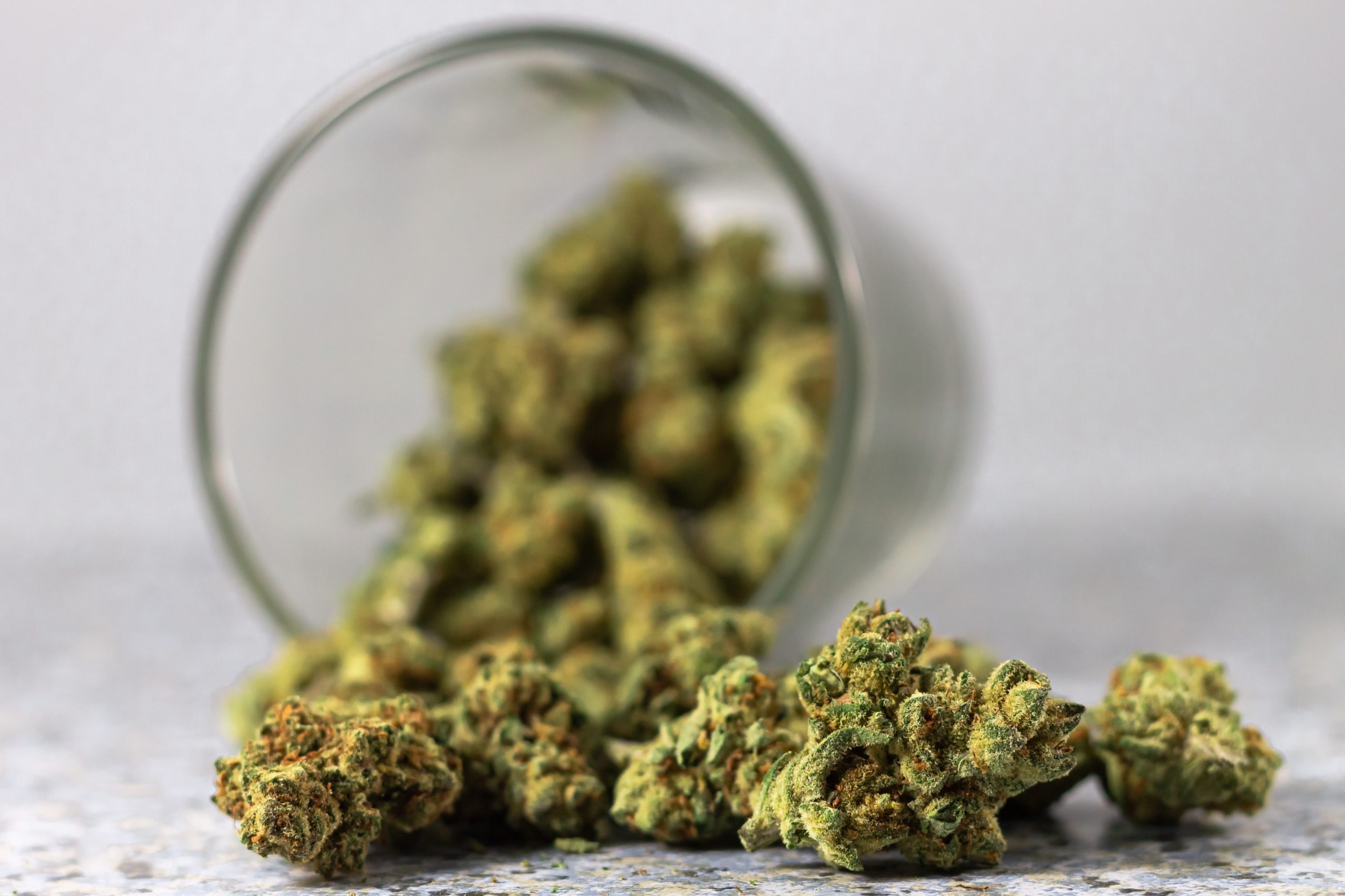The Texas Department of Public Safety’s latest data for October 2023 provides an intriguing snapshot of the state’s healthcare landscape. These statistics unveil a nuanced perspective on patient and physician growth, as well as the current state of medical accessibility in the Lone Star State.
Patient Growth:
In October 2023, Texas witnessed an increase in registered patients, reaching a total of 68,611. This marks a notable 4% growth from the previous month, showcasing the state’s sustained momentum in healthcare utilization. Comparing this figure to the same month in the previous year, the patient count has surged by an impressive 76%, indicating a robust upward trend in healthcare engagement.

Physician Registration:
The state’s physician roster has also experienced growth, with 765 registered physicians documented in the latest data. This represents a steady 1% increase from the previous month, reflecting ongoing engagement and interest among healthcare professionals. Over the past year, the number of registered physicians has seen a substantial 19% growth, indicating positive trends in attracting and retaining medical practitioners.

Patient-to-Physician Ratio:
The patient-to-physician ratio currently stands at 90 patients per physician. This ratio has grown by 2% from the previous month, underscoring the increased demand for healthcare services. Over the past year, there has been a significant 48% growth in the patient-to-physician ratio, emphasizing the ongoing challenges in healthcare access and the importance of optimizing the distribution of medical resources.
Access to Medical Products:
A striking observation pertains to the limited access to medical products for the 68,611 registered patients. Presently, only three active companies facilitate access, with fewer than 30 locations available for patients who actively participate in the program. This highlights a significant gap in accessibility and emphasizes the pressing need for broader availability and increased options for patients to ensure comprehensive and effective healthcare delivery.
Relative Scale:
In a state as vast as Texas, boasting a population of 30,000,000, the 68,611 registered patients constitute only 0.22% of the total population. This statistic serves as a compelling reminder of the considerable potential for further expansion and development in the state’s medical program. The relatively low percentage underscores the opportunity to enhance outreach efforts, engage more residents, and address the healthcare needs of a larger portion of the population.
October 2023 data showcases positive trends in patient and physician growth, highlighting the need for ongoing efforts to enhance healthcare infrastructure, accessibility, and the availability of medical products in Texas.
Comparison with Florida Medical Market
Florida’s Growing Patient Count
At the end of 2022, Marijuana Policy Project (MPP) reported that Florida had 831,775 registered patients, making up 3.74% of the state’s population. This highlights the increasing acceptance of medical cannabis as a viable treatment option.
Extensive Dispensary Network
To cater to this demand, Florida has 501 active dispensaries, operated by 22 different companies. This shows the competitive nature of the industry and ensures patients have convenient access to their prescribed treatments.
Florida’s Medical Cannabis Program is thriving, with a significant patient count and a robust dispensary network, exemplifying the program’s success and the growing role of medical cannabis in the state’s healthcare landscape.
News on the latest application round
More than 130 applications have been submitted to the Texas Department of Public Safety for medical marijuana dispensaries, marking a significant response since the reopening of applications in January after a four-year hiatus.
Despite a recent bill to expand the state’s medical marijuana program stalling in the Senate, the DPS reports no current plans for usage law expansion, emphasizing their commitment to ensuring statewide access to low-THC cannabis for registered patients. For further details, visit KVUE.
Watch the TexMed APP launch video on YouTube
If you’re looking to stay in tune with the Texas Medical market, please check out TexMedCannabis.com
EXPLORE MORE NEWS
Newsletter





